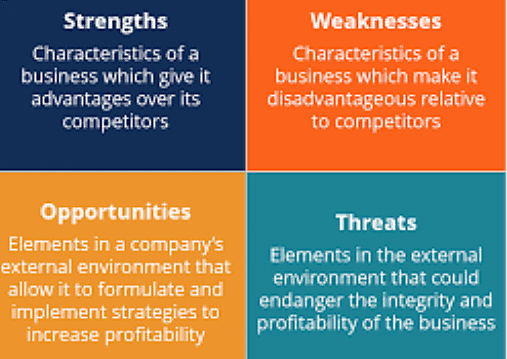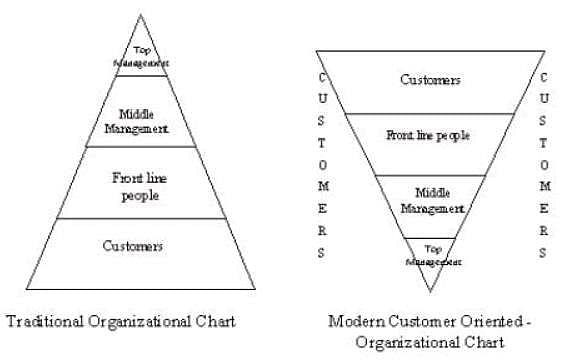APSET Paper 2 Mock Test - 2 (Management) - AP TET MCQ
30 Questions MCQ Test APSET Mock Test Series 2025 - APSET Paper 2 Mock Test - 2 (Management)
The extrinsic properties of the product or service, including the ways in which the brand attempts to meet customers' psychological or social needs, are known as:
According to Weighted-factor Approach to strategic incentive management, if for any strategic business unit, return on assets is 25%, cash flow is 25%, strategic funds programs (developmental expenses) is 25% and market share increase is also 25%, then this will fall in which category?
| 1 Crore+ students have signed up on EduRev. Have you? Download the App |
A statement about a population developed for the purpose of testing is called
A self-contained internet program designed to be used in a specific environment is:
From the following two statements, choose the correct answer:
Statement I: A person can have one utility curve for one situation and a quite different one for the next situation.
Statement II: Business executive with a linear utility curve can effectively use the expected monetary value as their decision criterion.
Company seeking ethical standard must purport to
Capital Asset Pricing Model (CAPM) for risk measurement has been given by:
Which of the following is not a principle of Kaizen tools used by a company?
An example of metric of an employee can be
The important macroeconomic aggregate(s) is/are:
Which of the following powers of Directors cannot be exercised without the consent of shareholders in General Meeting?
Which method of capital budgeting focuses on liquidity of a project?
The managers at the different managerial levels require different kinds of skills to perform the functions associated with their jobs. The major difference in skill requirements between middle and top managers is that
Which of the following are the branches of the classical theory of management?
(A) Scientific Management Theory
(B) Administrative Theory
(C) Bureaucracy Theory
(D) Human resource Theory
Choose the correct answer from the options given below:
When analysing your business and its environment, it is useful to carefully inspect
Any hypothesis which is tested for the purpose of rejection under the assumption that it is true is called:
In the modern customer-organization chart, the entity at the top are _________
If two commodities are complementary, then a rise in the price of one commodity will induce
Identify the correct sequence of control cycle.
Which of the following is the internal sources of recruitment?
Which of the following provides direction, serves as standards for evaluating performance and motivates members of the organisation?
Selection of specific media, where advertisements will be run and when they will be run, to reach the target market is called
The action that governments take in the economic field is called as________.
Which of the following is not included in 7 P’s of services marketing?
The tendency to perceive another person as belonging to a single class or category is known as :
Price elasticity of demand for a product is measured by (Where Ed = elasticity of demand, Q = Quantity, P = Price and Δ = represents change)
Statement I: A mission statement states what the company hopes to become while a vision statement states what the company currently is.
Statement II: A vision statement mentions what to reach while a mission statement mentions how to reach.
Choose the correct option from those below:
|
60 tests
|





















